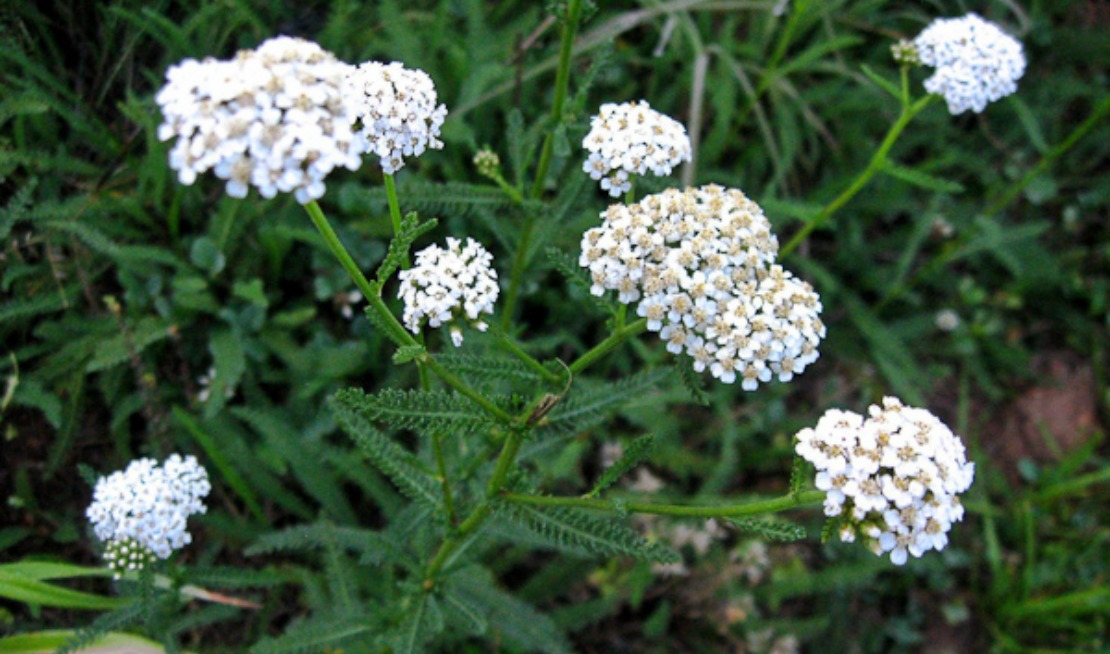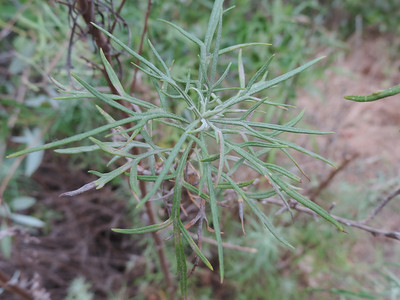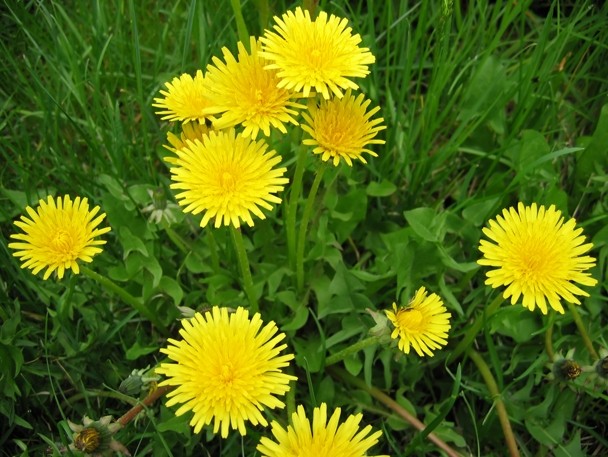
Achillea millefolium (yarrow) - Yarrow
Contains aromatic compounds including menthol and thujone; leaves, roots and flowers all used; leaves chewed for colds and coughs; leaves or roots used as a poultice for sores, cuts (said to stop bleeding), abscesses, burns, boils, skin rashes, and broken bones; also for bronchitis and coughs; leaves or whole plants soaked in water to make a shampoo; tea of the leaves drunk as a blood purifier, for diarrhoea, stomach cramps, vomiting, nausea, colds, coughs, sore throat, headache, toothache, fever, convulsions, and rheumatism; used as diuretic, blood purifier, and for liver troubles; plants used in childbirth, lactation and for gynaecological problems; also for insect bites and as a smudge or solution, for repelling insects and as a scent and air freshener.

Artemisia species (Sagebrush, wormwood, sagewort) - Sage
These aromatic shrubs or herbaceous perennials are widely used, as infusions or inhalants, to treat colds, coughs, and respiratory ailments. They are also prepared as washes or poultices for wounds, skin irritations and infections, blisters, sprains, sores and swellings, or as a bathing solution for rheumatism, arthritis and muscular aches and pains. Several species are also burned on ceremonial occasions as protective smudges or incenses. Some of the key species used include field wormwood (A. campestris), “caribou leaves” (A. tilesii), northern wormwood (A. frigida), wild tarragon (A. dracunculus), white sagebrush (A. ludoviciana), and big sagebrush (A. tridentata).
There are over 20 species of Artemisia native to different regions of Canada, and many of them are used medicinally. They contain a range of aromatic compounds that give them their distinctive fragrance; some are considered too strong to be taken internally.

Juniperus species (junipers) - Juniper
Junipers are widely known as sources of flavouring and incense in many parts of the world. The round, berry-like seed cones are particularly potent, but the boughs with or without these cones are strongly aromatic due to resins and volatile oils. (Note: the essential oils of junipers can be toxic and possibly carcinogenic.) Infusions or decoctions of juniper are taken to treat coughs, lung disease, tuberculosis, stomach pains, indigestion, vomiting and kidney troubles among other ailments. Juniper is also used as a bathing solution, inhalant or in sweatbathing to alleviate arthritic and rheumatic pains, chest pains, headaches, wounds, sprains and as a shampoo. Juniper is also burned as an incense for ceremonial protection, and is used as a cleansing wash to protect against illness or any evil influences.

Mentha arvensis (field mint) - Mint
The minty smell of this and other mint species is due to menthol and other volatile oils. Many Indigenous peoples turn this plant into a beverage, but also drink it as a medicinal tea to treat colds, coughs, chest pains, stomach pains and heart ailments. It is also believed to help prevent illness, such as flu.

Picea species (spruces) - Spruce
Spruces are used medicinally by virtually all Indigenous peoples in Canada. The aromatic pitch and gum are particularly well known as medicinal salves, applied externally as a poultice for cuts, wounds, and infections, as well as for sore throats, heart trouble, rheumatism, back ache, and stomach troubles. Spruce gum is chewed as a laxative and taken by women as a postpartum medicine. Spruce gum and spruce bark are also used to treat colds, coughs, influenza and as a general tonic. The inner bark, as well as being edible, has been taken as a laxative. A medicinal tea can be made from the green needled twigs, and people sometimes chew on the very young buds and shoots, which are a good source of vitamin C. Spruce boughs are also used for ritual protection and purification. Sometimes people maintain “pitch trees” over generations.

Dandelion - (araxacum officinale)
Although many think of dandelion as a pesky weed, the Pillager Ojibwas and Mohegans thought differently. These wise Indian tribes knew that a tea made from dandelion leaves was a potent medicinal all-over wellness tonic. They would boil dandelions in water to treat kidney, skin and stomach problems as well as heartburn and swelling.
Native Americans were not the only ones to respect dandelions for their therapeutic value. Traditional Chinese medicine used dandelion for inflammation, appendicitis, stomach problems and breast problems. Early Europeans used it for fever, eye problems, boils, diarrhea and diabetes.
Modern herbalists use dandelion leaves as a diuretic and to stimulate appetite and ease digestion. The pretty dandelion flower has antioxidant powers and can also help improve immune system functioning. The root is useful for detoxifying the liver and gallbladder.







